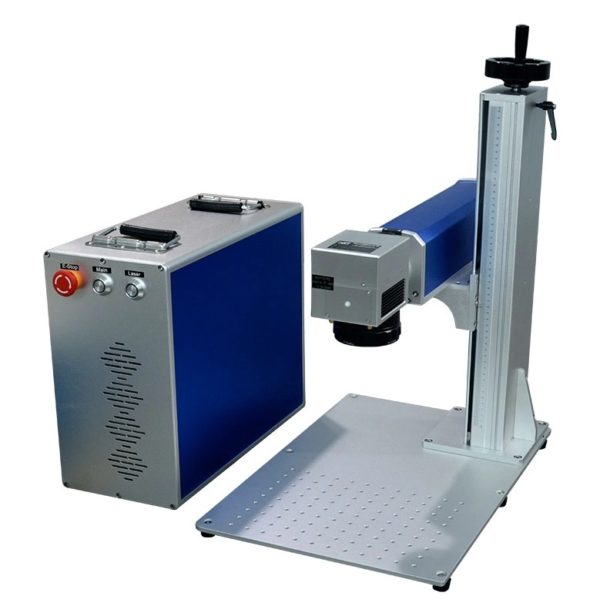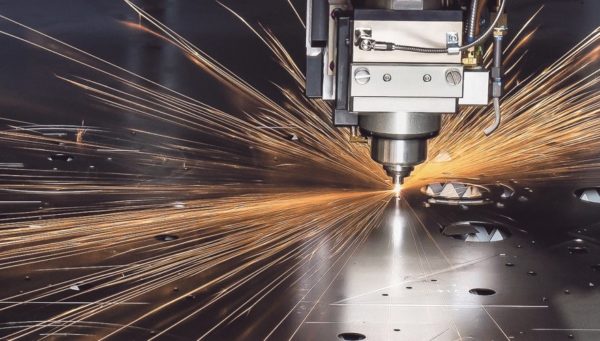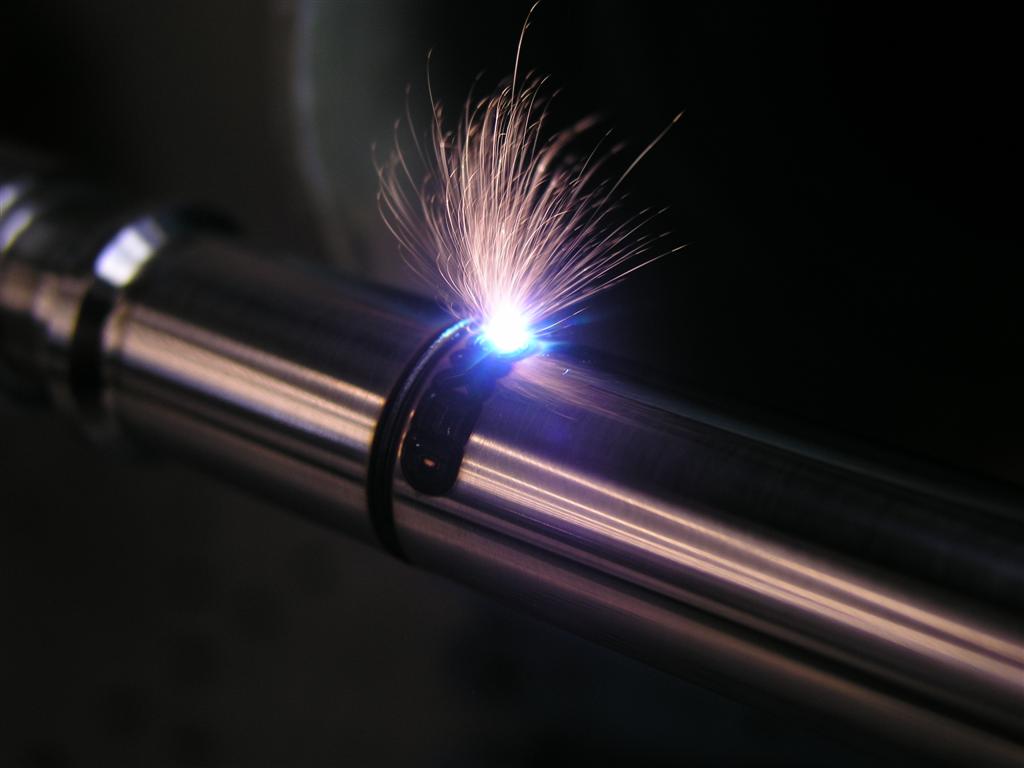Laser marking is a popular technique used to create permanent, high-quality marks on a variety of materials. Choosing the right laser marking technique is crucial for ensuring that your project meets your needs and specifications. In this article, we’ll explore the basics of laser marking and provide tips for selecting the right technique for your project.
Understanding the Basics of Laser Marking
Laser marking is a process that involves using a laser beam to etch or engrave a design, text, or barcode onto a material. There are several types of laser marking, including CO2 laser marking, fiber laser marking, and UV laser marking.
CO2 Laser Marking
CO2 laser marking is a technique that uses a carbon dioxide laser to engrave or etch materials such as wood, plastic, and glass. This technique is ideal for marking non-metallic materials and is known for producing high-quality, permanent marks.
Fiber Laser Marking
Fiber laser marking is a technique that uses a fiber laser to engrave or etch metals such as steel, aluminum, and copper. This technique is known for its speed and accuracy, making it ideal for marking industrial parts and components.
UV Laser Marking
UV laser marking is a newer technique that uses a UV laser to create high-contrast marks on a variety of materials, including plastics and glass. This technique is ideal for creating small, detailed marks on products and components.
Green laser marking
This technology is ideal for marking materials that require a high level of precision, such as medical devices and electronics. It uses a green laser to create a high-contrast mark with excellent resolution.
Nd:YAG laser marking
This technology is ideal for marking metals and plastics, as well as some ceramics and glasses. It uses a Nd:YAG laser to create a permanent mark that is resistant to wear and tear.

Each technology has its own unique benefits, and the right one for your project will depend on the materials you are working with, the desired level of precision, and other factors. It is important to consult with a laser marking expert to determine which technology is best for your specific application.
Comparison of Laser Marking Techniques
When choosing the right laser marking technique for your project, it is important to consider the material being marked, the desired marking depth, the required marking speed, and the level of detail needed.
Each laser marking technique has its own advantages and disadvantages. Here is a brief comparison of CO2 laser marking, fiber laser marking, and UV laser marking:
CO2 Laser Marking
Pros:
- Ideal for marking non-metallic materials such as wood, plastic, and glass
- Produces high-quality, permanent marks
- Can engrave deep into materials
- Affordable
Cons:
- Not ideal for marking metals
- Limited marking speed compared to fiber laser marking
- Requires regular maintenance
Fiber Laser Marking
Pros:
- Ideal for marking metals such as steel, aluminum, and copper
- High marking speed
- High accuracy and precision
- Permanent marks that are resistant to wear and tear
Cons:
- More expensive than CO2 laser marking
- Not ideal for marking non-metallic materials
- Limited depth of marking

UV Laser Marking
Pros:
- Ideal for creating high-contrast marks on various materials including plastics and glass
- Creates small, detailed marks
- Permanent marks
Cons:
- More expensive than CO2 laser marking
- Not ideal for marking metals
- Requires special safety precautions due to the use of UV radiation
Choosing the right laser marking technique depends on the specific needs of your project. If you need to mark non-metallic materials, CO2 laser marking is the way to go. If you need to mark metals, fiber laser marking is the best choice. If you need to create small, detailed marks on various materials, UV laser marking is the way to go.
Consider the material being marked, the desired marking depth, the required marking speed, and the level of detail needed when choosing the right laser marking technique for your project. Additionally, consider the cost of the equipment and maintenance, as well as any safety precautions that may need to be taken.
Criteria for Choosing the Right Laser Marking Technique
1. Material Type and Properties
The type and properties of the material to be marked are crucial in choosing the right laser marking technique. The laser marking technique used for metal is different from that used for glass, plastic, or ceramic. The material’s density, melting point, hardness, and thermal conductivity play a significant role in determining the right laser marking technique.
2. Surface Finish Requirements
The surface finish of the material also determines the right laser marking technique. Highly polished surfaces require different laser marking techniques from those with rough or textured surfaces. Some laser marking techniques, such as fiber laser marking, work well on any surface.
3. Marking Depth
The required marking depth is an important consideration when choosing a laser marking technique. CO2 laser marking can achieve deeper marks than fiber laser marking. Therefore, you must select a laser marking technique that can achieve the required marking depth.
4. Marking Speed
Marking speed is another critical consideration when selecting a laser marking technique. Some laser marking techniques are faster than others, depending on the material and the marking depth required. Laser marking speed can affect the overall cost of the project, especially for large-scale projects.

5. Image Resolution and Accuracy
The level of detail, precision, and accuracy required is another important factor in choosing the right laser marking technique. For example, marking small texts or intricate designs requires high resolution and accuracy, which can be achieved with fiber laser marking.
6. Color Contrast
Color contrast is essential in choosing the right laser marking technique, especially for branding purposes. Some laser marking techniques, such as UV laser marking, can produce multiple colors, providing an ideal solution for branding requirements.
7. Environmental and Safety Concerns
Environmental and safety concerns are crucial factors when selecting the right laser marking technique. Some laser marking techniques produce hazardous fumes or require additional safety measures to operate. Therefore, you must choose a laser marking technique that is safe and environmentally friendly.
8. Cost Considerations
The cost of the laser marking equipment, maintenance, and operation is an important consideration. Some laser marking techniques, such as CO2 laser marking, are more expensive than others. Therefore, you must select a laser marking technique that aligns with your budget while meeting your specific needs.
9. Customization Requirements
If you need customized markings such as logos, serial numbers, or barcodes, you must select a laser marking technique that can produce the required markings. Fiber laser marking is ideal for producing precise and accurate customized markings.
10. Application-Specific Needs
The specific needs of your application play a significant role in choosing the right laser marking technique. For example, the medical industry requires laser marking techniques that produce sterile markings, while the automotive industry requires laser marking techniques that can withstand harsh environments.
Laser marking is a widely used technology for marking and engraving a variety of materials in various industries. With its precision and flexibility, it has become a popular choice for marking logos, serial numbers, barcodes, and other identification marks. However, choosing the right laser marking technique for your project can be a daunting task. In this article, we will discuss the best practices for laser marking and the criteria for selecting the appropriate technique.
Why Superior Laser Marking?
Superior Laser Marking is the gold standard for achieving high-quality marks with any laser marking technique. It involves using the appropriate laser parameters, precise alignment, and quality control measures to produce marks that are consistent, accurate, and durable. By following the best practices for laser marking and selecting the appropriate laser marking technique based on the criteria discussed, you can achieve superior laser marking for your project.
Contact us today to learn more about how we can help with your laser marking needs for your business.
Choosing the right laser marking technique requires careful consideration of several factors, including material type and properties, surface finish requirements, marking depth, marking speed, image resolution and accuracy, color contrast, environmental and safety concerns, cost considerations, customization requirements, and application-specific needs. By taking into account these criteria, you can select the right laser marking technique that meets your specific needs and requirements.
Learn more about choosing the right laser cutting service for your project in our article.






